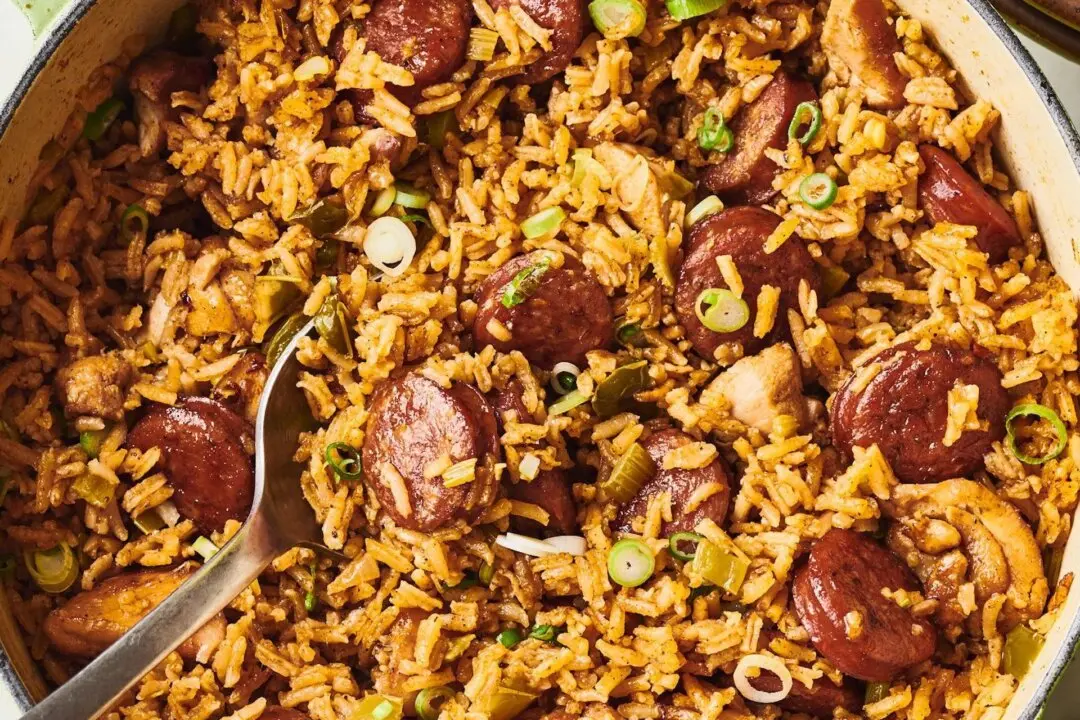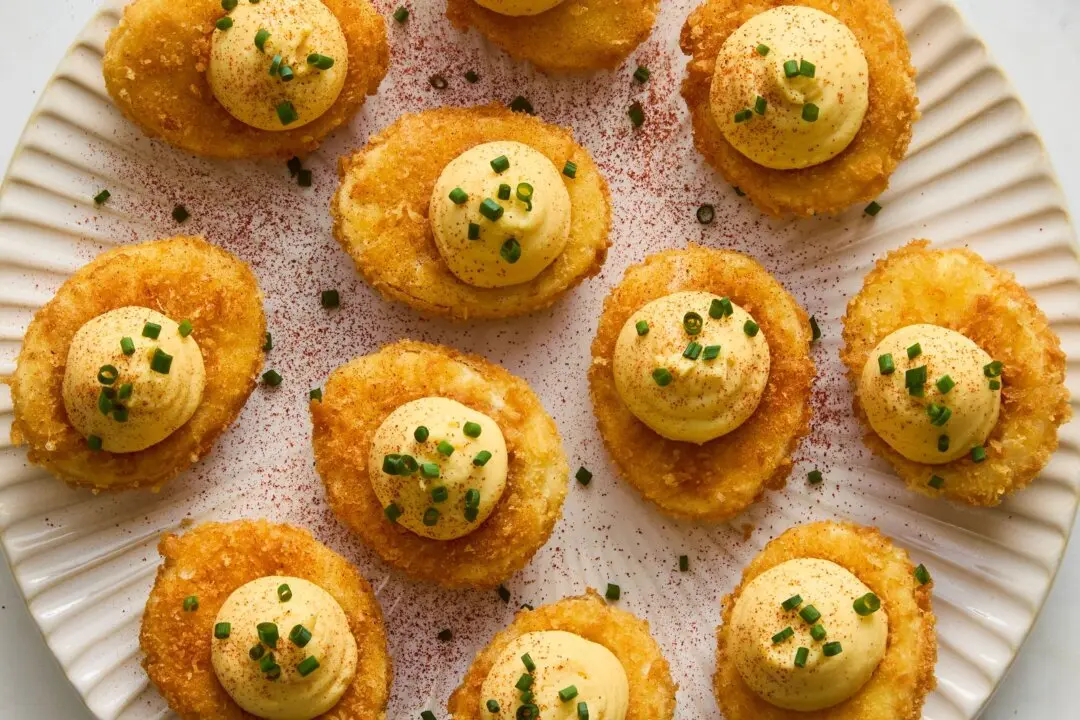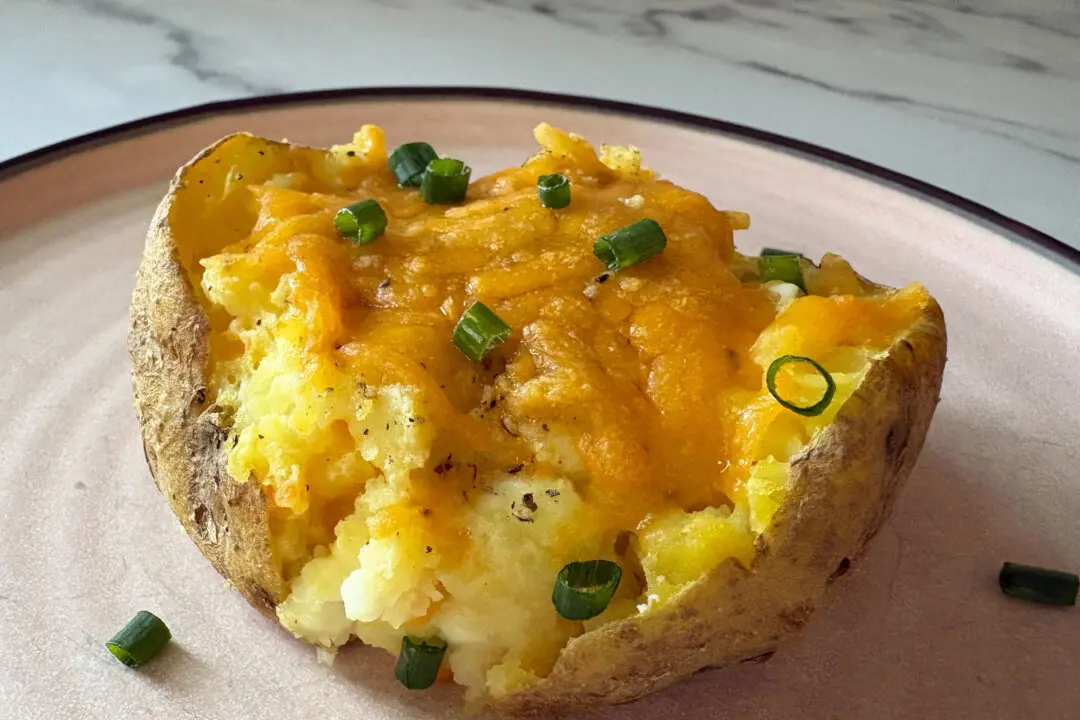Traditional flour tortillas from Mexico are a mix of four simple ingredients: all-purpose flour, water, fat, and salt. The homemade process is very similar to artisan bread making: The combination of kneading, shaping, and resting fully hydrates the dough and encourages flavor development. After stretching the dough and placing it on a hot pan, in less than a minute you’ll have a tortilla that puffs up and fills your home (and sometimes your neighborhood!) with an irresistible, toasty aroma that beckons you closer.
The northern practice of making homemade flour tortillas is the gift of our Mexican grandmothers (and all our ancestors that came before us) of feeding their young, a tradition that started almost 500 years ago.
In this step-by-step guide, I’ll walk you through making the fluffiest, most delicious homemade flour tortillas. You’ll never want to buy them from the store again!
The History of Flour Tortillas
The story of how flour tortillas became part of Mexico’s culinary landscape starts with colonization. As opposed to central and southern Mexico, where corn species abound, the northern regions have a noticeably drier climate where corn has difficulty thriving. With the arrival of conquistadors in 1521 and eventually expanding their domains to the vastly underpopulated north, the Spanish needed a reliable food system that could sustain them.
Wheat was brought to the Americas and quickly introduced to the region, and although there is no absolute certainty, many believe that flour tortillas are based on a flatbread from the Zaruki region (present-day Iran). This food was very familiar to the Spanish settlers, as Spain was under Islamic rule for 700 years, which left a deep, cultural footprint in their food traditions.
Spanish settlers adapted the Zaruki flatbread, copying the round, flat shape of corn tortillas and added pork lard for flexibility as well as flavor. And from then on it has become its very own thing, slowly but steadfastly finding a home in every northern Mexican kitchen, and breaking the stigma that flour tortillas aren’t Mexican. Because in truth, they have fed its people at historical events like the Mexican revolution, and have been a part of every family gathering and celebration for generations.
There is no one way to make flour tortillas, as recipes vary from region to region (and, of course, from household to household). Some states, such as Baja California Sur, like them a little thicker. Some regions stay true to lard as the traditional choice of fat, while others use vegetable shortening, and in some families they prefer unsalted butter, which was the case for my grandma Alice. Some recipes call for baking powder and some use milk instead of water.
Flour tortillas also vary in size; some are smaller, measuring about 7 to 8 inches, while others are so large that they measure close to 20 inches (roughly the distance from your hand to your armpit), which is the case of the famous tortillas de agua or tortillas sobaqueras from the state of Sonora, which many agree is the birthplace of flour tortillas.





